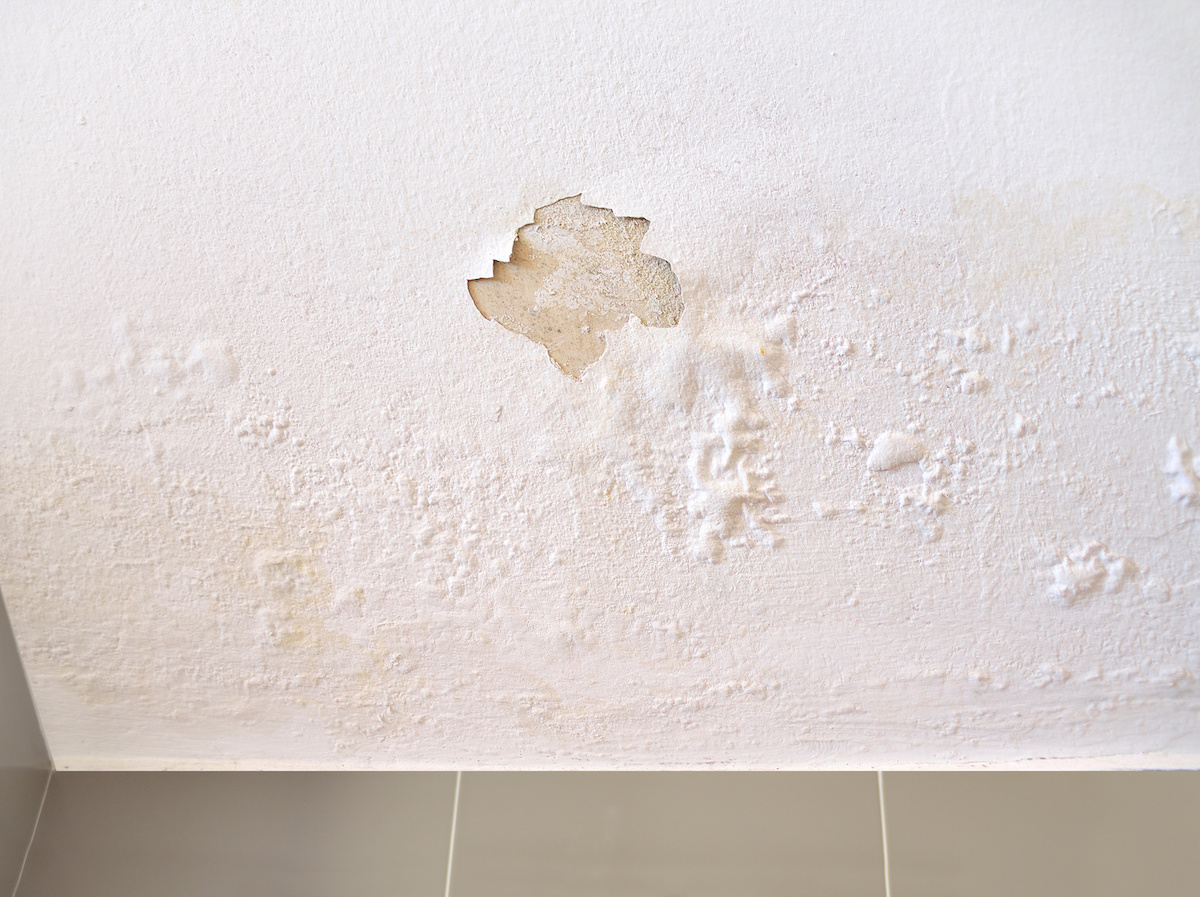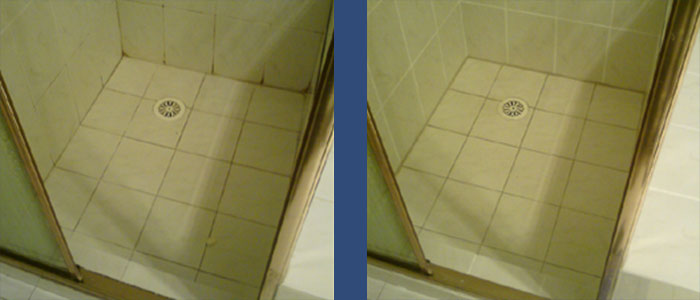They are making several great points about Common Causes of Water Damage in a Bathroom in general in this post followed below.

The restroom is very vulnerable for damp buildup and prospective water damages due to the frequent use water in it. This write-up offers easy examination methods to aid spotting water damages threats.
The regular use water in the bathroom makes it incredibly prone for wet buildup and prospective water damage. By examining it on a regular basis, you can minimize water associated problems.
The adhering to set of evaluations is simple to do as well as must be done when in every 3 months in order to maintain your washroom healthy and to prevent potential water damages caused by the bathtub, the shower, pipeline joints and plumbing, sinks, closets, and also the commode
Do not forget executing these examinations as well as be complete while doing them. Bear in mind that these easy assessments can save you a great deal of cash by giving very early signs for water damages
Sinks as well as Cabinets
Sinks and cabinets are exposed to moisture and also moisture day-to-day and also are typically neglected. Examine frequently under the sink and on the kitchen counter over it. Fix any drip in the trap as it may recommend drainpipe troubles. Take a look around the sink, slow draining pipelines might suggest a blocked drain. Change sink seals if they are split or loose.
Tub as well as Shower
The shower and bath tub need special focus as well as maintenance. Check the ceramic tiles and replace if fractured. Make certain that there is no missing cement between the tiles. Evaluate as well as change split caulking at joints where the walls fulfill the floor or the bathtub. Obstructed drains and also pipes troubles will protect against the tub from drying and also may indicate significant issues beneath the bath tub. Talk to a professional immediately to stop structural damage. Take notice of discolorations or soft areas around the tub walls as they might indicate an inner leak.
Plumbing
Signs for water damage are difficult to detect considering that many pipelines are mounted inside the walls.
Pay unique attention to floor covering and wall surfaces moisture and also stains as they might indicate an undetectable plumbing problem. Inspect dampness degrees in adjoining areas as well.
The Commode
The bathroom is a prone water joint. Examine the water lines and search for leaks around the bathroom seat, in the tube, and under the water tank. If you detect any signs of moisture on the floor around the commode, check for leaks in the toilet edge and also tank seals.
Understand that hanging commode dish deodorants increases the opportunities for clogs.
Water Damage Signs In The Bathroom To Avoid Cleanup
Musty smell
This is one of the easiest signs to catch because musty smells are so odorous. The damp, earthy, moldy smell should be a big red flag. The smell will develop when moisture gets trapped in surfaces, and begins to facilitate mold growth. Leaking pipes under cabinets, inside walls, and behind shower fixtures will cause moisture to stay trapped and not dry, which will lead to mold growth and spread. As soon as you notice any musty smells in your bathroom, have it checked for hidden water damage and cleanup signs.
Visible mold
If the smell isn’t there to give it away, sometimes you will actually see mold growth. Finding mold in your bathroom is a serious problem, because mold is very harmful to your health. By the time mold growth is visible, it also means that water damage has already occurred and been present for some time. The only way the mold problem can be resolved is to find the source of the moisture and get it stopped. To safely and adequately remove mold, you need to have professionals handle the remediation. Do not waste any time in getting mold problems addressed, fixed, and sanitized so that you can protect you and your family from the many respiratory symptoms caused by mold exposure.
Damaged floors
Bathroom floors should be able to withstand some exposure to water while still remaining in good condition. However, when excess exposure or water leaks occur, they will begin to damage even the most water-resistant flooring. If you notice any cracking, bubbling, staining, or warping on your bathroom floors, there is probably a water leak somewhere causing the distortion. If you notice areas of the floor have become softer, or even have a spongy feeling, there is probably damage to the subfloor. Subflooring is typically made up of plywood. When plywood is exposed to water or moisture, it will absorb it. Once it has become saturated, the weight of the excess water will cause the wood to swell and soften. Check the floors in your bathroom frequently to catch any of these sings before they lead to damaged subflooring.
Changes on walls
When water leaks behind walls, it will cause changes in the drywall. Peeling plaster, blistering paint, and soggy wallpaper are all good indicators that excess water is building up behind the wall. Water leaking behind drywall will cause it to swell and be soft to the tough. If you start to notice gaps along the trim of your walls, or where tile meets the wall, it could also be a strong indicator that there is a leak behind the wall. Any changes, distortion, or damage on the walls should be evaluated as soon as you notice it to prevent further water damage and cleanup.

Hopefully you liked our article about How to Repair and Prevent Bathroom Water Damage. Thanks a lot for taking the time to read through our blog. So long as you liked our blog entry plz be sure to share it. Thank you so much for taking the time to read it.
Get A Quote